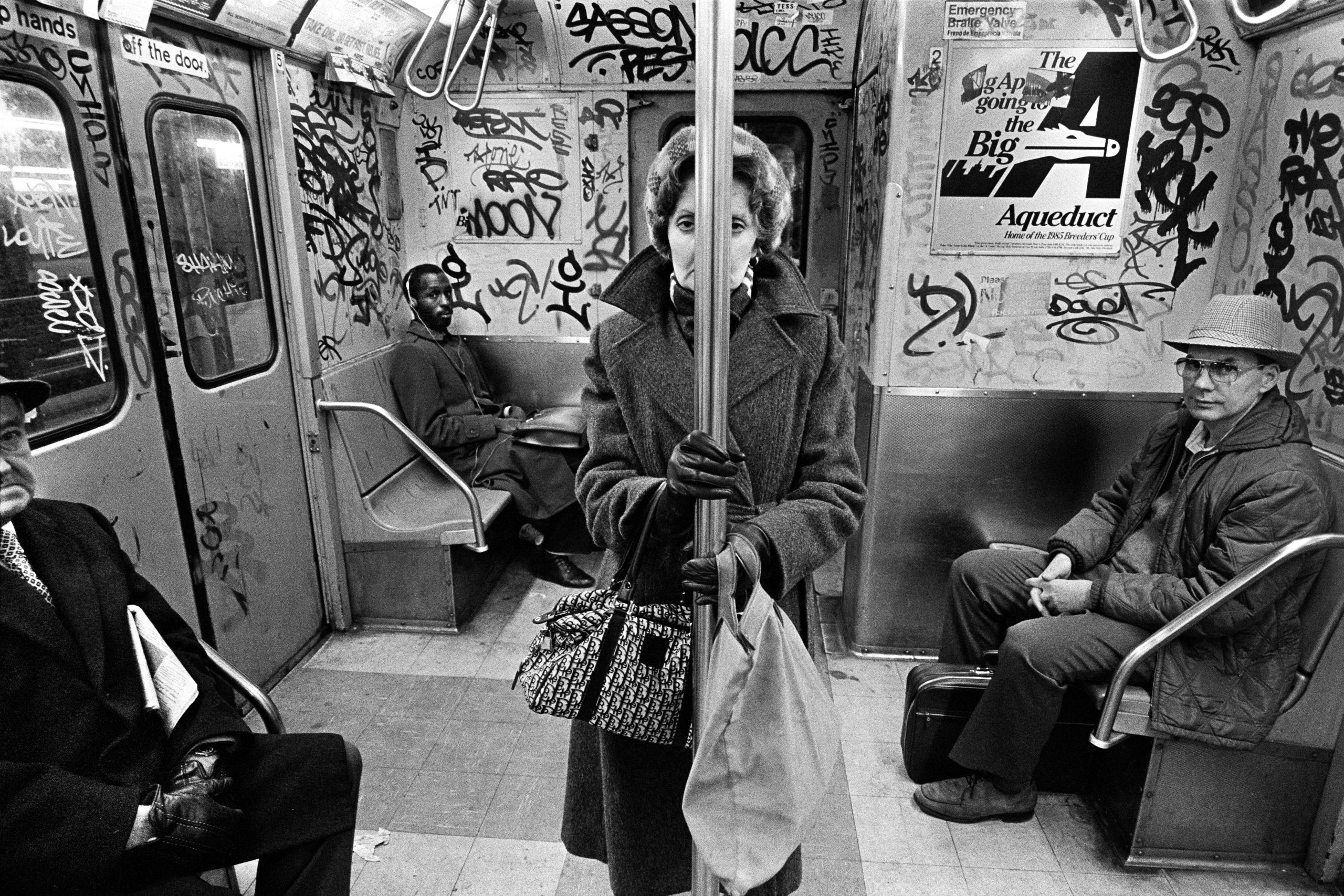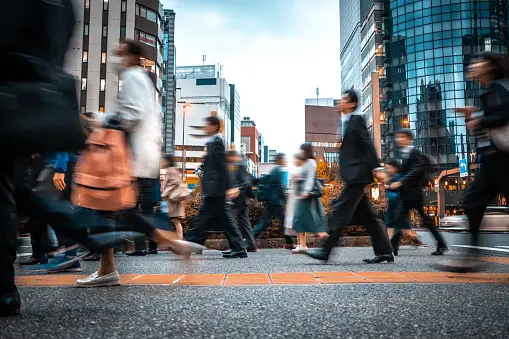Street Photographers Can Be Fun For Anyone
Table of ContentsFascination About Street PhotographersStreet Photographers - TruthsThe 9-Second Trick For Street PhotographersThe Ultimate Guide To Street PhotographersThe Single Strategy To Use For Street Photographers
, a style of digital photography that documents daily life in a public location. The actual publicness of the setup makes it possible for the professional photographer to take candid photos of unfamiliar people, commonly without their understanding. Street digital photographers do not always have a social function in mind, yet they like to separate and capture minutes which may otherwise go unnoticed.He was influenced by numerous of those who influenced the road photographers of the 1950s and '60s, he was not primarily interested in catching the spirit of the road., who worked side by side with photographers trying to record the essence of city life.

Provided the fine quality of his photographs and the breadth of material, architects and artists typically got Atget's prints to utilize as recommendation for their very own work, though commercial passions were rarely his primary inspiration. Instead, he was driven to photograph every last remnant of the Paris he enjoyed.
Street Photographers Fundamentals Explained
They expose the city via his eyes. His job and fundamental understanding of digital photography as an art type worked as ideas to generations of digital photographers that followed. The following generation of street photographers, though they likely did not describe themselves as such, was introduced by the photojournalism of Hungarian-born professional photographer Andr Kertsz.
Unlike his peers, Brassa used a larger-format Voigtlnder electronic camera with a longer direct exposure time, forcing him to be extra calculated and thoughtful in his technique than he might have been if utilizing a Leica. (It is assumed that he might not have had the ability to afford a Leica back then, however he did, nonetheless, utilize one in the late 1950s to take colour pictures.) Brassa's photographs of the Paris abyss illuminated by fabricated light were a revelation, and the collection of the series that he released, (1933 ), was a significant success.
Cartier-Bresson was a champion of the Leica electronic camera and one of the first professional photographers to optimize its capabilities. The Leica enabled the digital photographer to interact with the surroundings and to catch minutes as they happened - Street Photographers. Its relatively little dimension additionally aided the photographer fade into the history, which was Cartier-Bresson's description recommended approach
The Best Strategy To Use For Street Photographers
It is due to the fact that of this basic understanding of the art of image taking that he is often attributed with discovering the tool throughout once again approximately a century considering that its creation. He took photos for more than a half century and influenced generations of photographers to trust their eye and instinct in the minute.
These are the questions I shall try to respond to: And after that I'll leave you with my own meaning of street photography. Yes, we do. Allow's begin with defining what an interpretation is: According to it is: "The act of specifying, or of making something certain, distinct, or clear".
No, definitely not. The term is both restricting and misinforming. Seems like a street digital photography need to be pictures of a roads ideal?! And all street professional photographers, with the exception of a handful of outright beginners, will totally appreciate that a road is not the crucial component to road photography, and in fact if it's a photo of a road with possibly a couple of boring people doing nothing of passion, that's not street digital photography that's a picture of a road.
He makes a valid point do not you believe? Nonetheless, while I agree with him I'm unsure "candid public digital photography" will capture on (although I do sort of like the term "candid digital photography") because "street digital photography" has been around for a long period of time, with numerous masters' names affixed to it, so I believe the term you could try here is right here to remain.
Street Photographers Fundamentals Explained
You can shoot at the coastline, at an event, in an alley, in a park, in a piazza, in a coffee shop, at a museum or art gallery, in a city station, at an event, on a bridge, under a bridge ...
Yes, I'm afraid we have no choice! Without guidelines we can not have an interpretation, and without an interpretation we do not have a style, and without a category we don't have anything to specify what we do, and so we are stuck in a "rules meaning genre" loop! - Street Photographers
Street Photographers Fundamentals Explained
